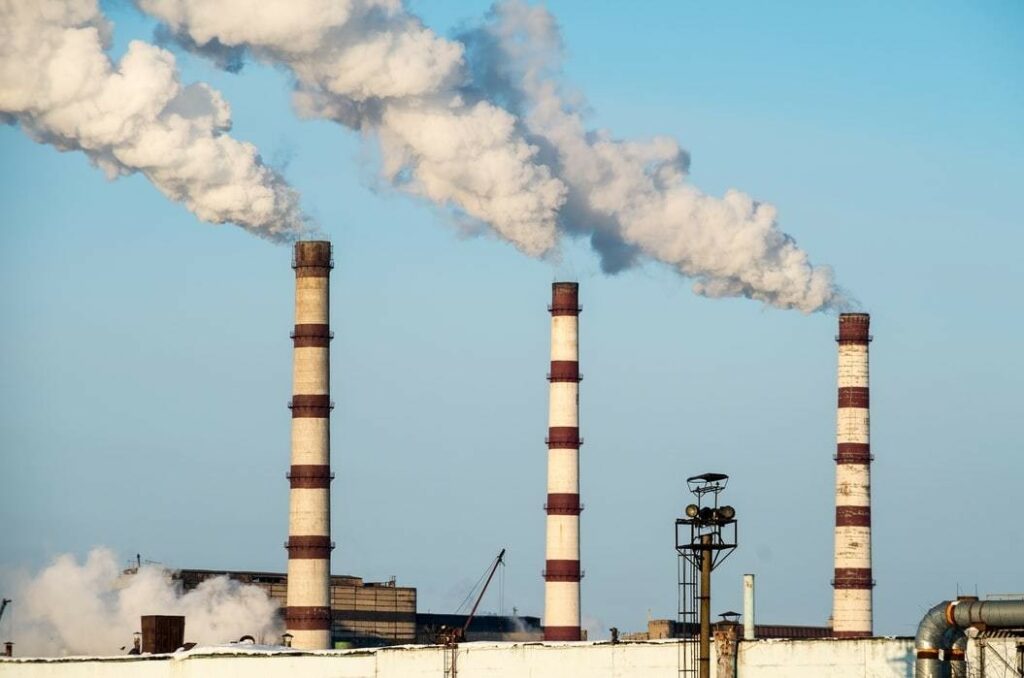We often point out that the climate is complicated. And full of moving parts that all connect to each other. Climate models are built with layers of these moving parts and their projections depend on getting some of the critical ones right, even when scientists aren’t sure how they work. One example is called the east-west temperature gradient in the tropical Pacific. Along the equator the western Pacific (near Indonesia) is much warmer than the eastern Pacific (near South America). During an El Niño the temperature difference decreases, and during a La Niña it increases. Also during an El Niño the heat tends to move to regions that are less efficient at releasing it to space, which means the Earth’s Equilibrium Climate Sensitivity rises. (Yes, really; it’s not a constant due to “simple physics” but a complex variable driven by geological factors among others.) Many climate scientists think that as the planet warms we will have fewer La Niñas and more El Niños so the climate system will get less efficient at removing heat. If so, then the kinds of studies we reviewed in our #ECS in the Real World series underestimate what future ECS will be. But a new study by Sukyoung Lee of Penn State University and colleagues indicates that, first, the data show the temperature difference is rising rather than falling, and second that in a specialized model of the tropical ocean system, rising GHGs will cause it to rise further still. So the low ECS values from all those studies might still be, if anything, overstated.
The details of the modeling are rather beyond us. But you, dear reader, may be a dab hand at maximum material entropy production (MaxMEP) models, in which case the Lee et al paper will be familiar terrain (or whatever the term is for over the ocean; for the ocean floor it’s bathymetry, which is a cool term but we digress).
The authors split the world into six zones and developed mechanisms for heat transport and release for each. And when they simulated warming due to increased greenhouse gases, they found that, contrary to standard climate models, the temperature contrast between the west and the east in the Pacific increased. Which, they pointed out in case anyone cares about the real world, does match what has been happening historically, notwithstanding the climate modelers’ (and IPCC) claims that the opposite should and soon will be happening. Moreover, as the authors added in even more detail about changes in the rest of the world, the effect became even stronger.
If they’re right, it means more La Niña trends not fewer. And the authors then ask “If this maxMEP solution has merit, a natural question is why most of the climate models are predicting El Niño-like trends.” To which they offer an answer, namely that the models are wrong. Or in the more delicate wording of the authors, include “aphysical” mechanisms. “Aphysical” here meaning wrong.
As usual it’s not the last word on the subject, just an interesting hypothesis for genuinely curious scientists to explore. But even in that capacity it does mean the IPCC’s current reason for ignoring the empirical estimations of ECS, namely that something is going to change in the climate that makes all the actual evidence up to now wrong, irrelevant or just double-plus-ungood, doesn’t hold water. Warm sea water or any other kind.



Nicolov and Zeller using NASA's CERES data have shown how all 21st century warming is due to reduced
cloud albedo allowing more solar radiation to warm the lower atmosphere. This pivotal study puts the lie to the radiative Greenhouse effect.